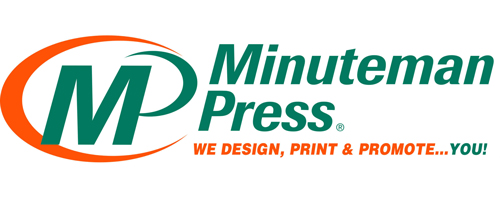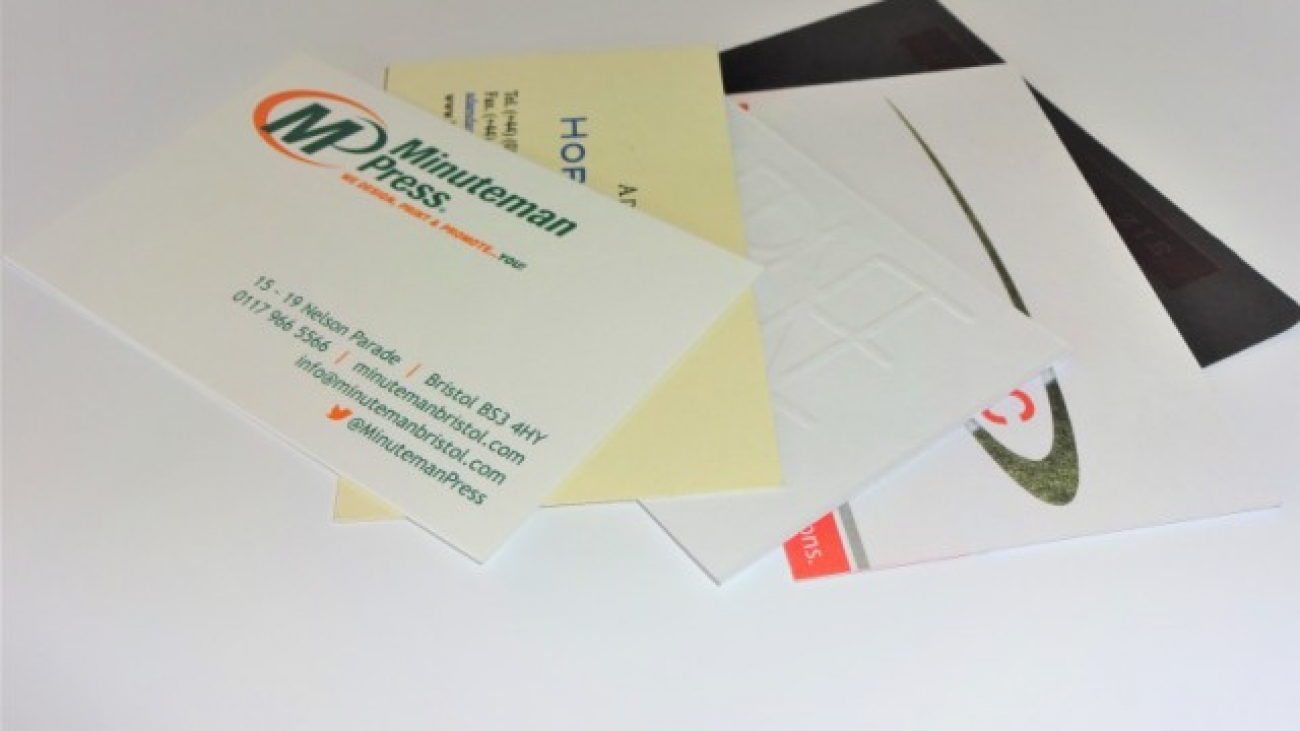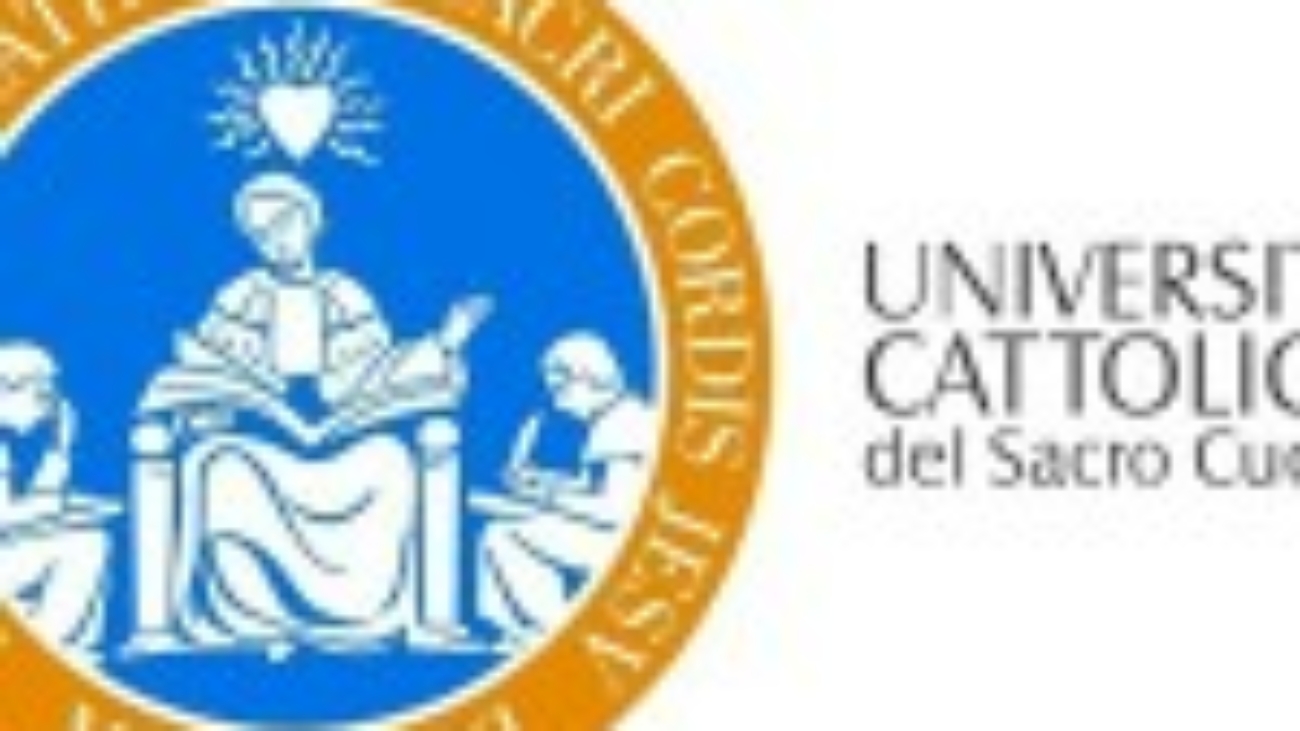First impressions count and as such your business card delivers a marketing message which is important and which immediately creates that first impact of your brand, business and yourself. All too often many businesses and their respective representatives, whoever they may be within the hierarchy of the organisation, present business cards which portray the wrong image and lack that professional edge.
Initially, it is worthwhile understanding what it is you want to achieve from your business card. Delivering contact details is the key element; however the business card should also reflect your brand and create the right impression.
The reality is that the process of creating an effective business card can be simplified by following five simple rules.
Life Cycle
Bristol-based insurance broker Chris Bloomfield is attempting a sub-human feat of endurance. He’s intending to cycle 66 miles a day, for 66 days, across America’s famous Route 66. Phew!
Starting in September 2013, Chris will rack up 3,500 miles on the epic journey, which will take him from New York to Los Angeles. And he’s doing this to raise money for the Alzheimer’s Society and Great Ormond Street Hospital, after his grandfather died of Alzheimer’s disease in 2012.
Chris explains: “I have decided to cycle Route 66 due to the magnitude of the task, along with the hope of creating a parallel between my vulnerability and those who have suffer with dementia. The route is fairly deserted and this means I will need the help of many people along the way. This help is similar to those who have no choice but to receive help when suffering with dementia.”
He adds: “I’m completing the trip entirely solo! Some of my family are worried about me but I have a pretty determined mindset, therefore I will get
through the pain and struggles to complete the trip.”
With a sponsorship goal of £20,000 to meet, Minuteman Press Bristol didn’t think twice about not only sponsoring a brick in Chris’s virtual fundraising wall, but also subsidising the costs of his printed materials.
Chris explains: “Minuteman has provided me with some fantastic business cards that I have been passing to potential sponsors, and these will also be used when I am in America to generate extra donations. Also I will be
using Minuteman for some flyer and poster printing for a couple of events that are coming up in the next few months.”
Minuteman Director Invited to Italian Conference
Minuteman Press Bristol is pleased to say that our director, Peter Wise, has had a paper accepted for an Italian business conference.
Peter’s research paper is called Let Me Give You My Card: A Study Of Evolving Business Protocols In The Information Age. It is about the use of business cards in the context of changing social media and new technology. His paper uses netnographic criteria for the research, as prescribed by Professor Robert Kozinets (York University CN).
Peter co-authored the paper with Robin Croft (Reader – University of Bedfordshire) and Ross Brennan (Reader – Middlesex University), and the three will present at the IMP Conference in September 2012 at the University of Cattolica in Rome.










